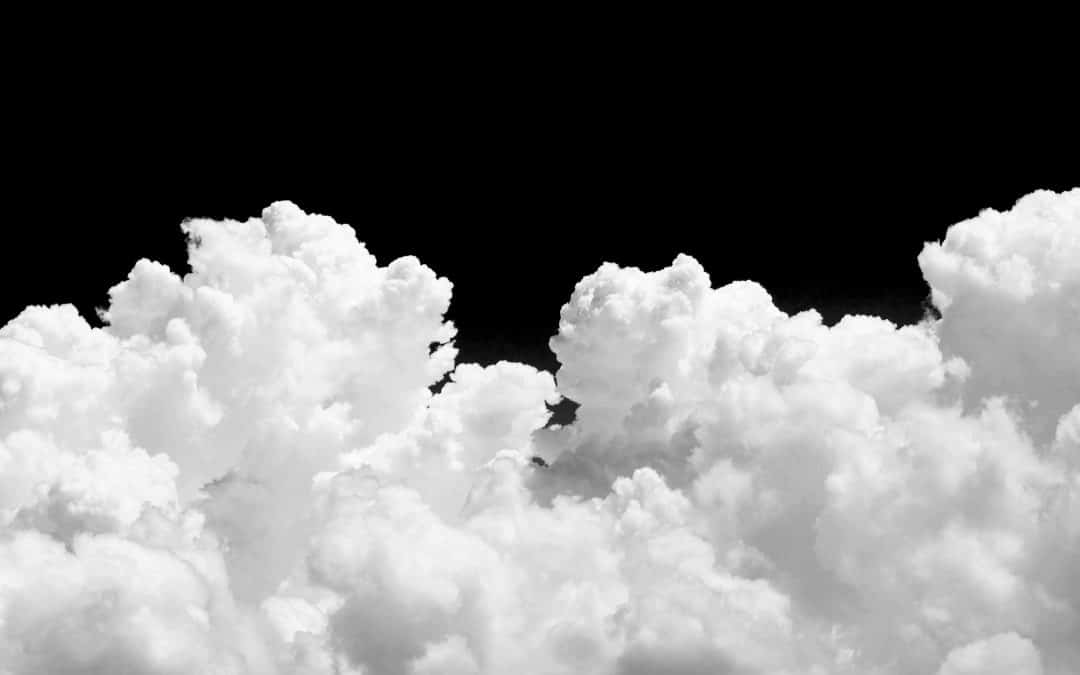Qi has been variously described as ‘the origin of the five grains grown in the earth and of the stars in the sky’ (下生五穀,上為列星), ‘something that is vague and not completely tangible, yet real’ (恍恍 惚惚) and ‘the vital force for living beings; without it, life will not be sustained’ (有氣則生,無氣則亡). There are no spatial constraints on Qi. ‘It is everywhere in the universe and it is in everything in the universe’ (氣化生萬物).
Ancient Chinese viewed everything in the universe as being constantly in the process of transformation, changing ‘from nothingness to existence, from existence to nothingness’ (有無相 生). In other words, all physical existences come from Qi and they will eventually return to Qi. Everything is changing all the time. Nothing remains static. Qi and Dao (Dao referring to the laws that govern the change of Qi and of everything that exists), are the two corner stones of traditional Chinese culture. Qigong and Traditional Chinese Medicine (TCM) are examples of practices based on these laws.

An example of Yuan Qigong (Yuan Gong) moving and still exercises that work to improve the body’s Qi
Qi is not widely recognized in modern culture, even though from ancient times there has been awareness of its existence and considerable understanding of the way it works. While everything in the universe is evidence of the existence of Qi, Qi itself is invisible to most people. When something is formless and cannot be measured or seen, we do not find it easy to accept or understand. In an attempt to understand the nature of Qi, scientists have tried to use scientific instruments to measure it and to record its effects. They used equipment that could detect electro-magnetic, sound and light waves and concluded that, since these types of energy are always present and affect what is going on around them, they must be the what Qi is. However, although Qi is in all of them, it is none of them.
What exactly is Qi then? It is a fully integrated form of material (a very fine substance that at this stage no machine is capable of measuring), energy and information. You can now see why we don’t use the word ‘energy’, even though this is the term in English that comes closest to describing Qi. Qi is far more than just energy. Since there is no English word that has a meaning equivalent to ‘Qi’, I think it is more appropriate to use the original Chinese term.
As suggested by the terminology, the material, energy and information in Qi are not separate, although each of them has its specific properties and works in its own specific way. Through the interaction of this material, energy and information, change occurs. It is the information that guides this change. What determines the content of the information? Everything that exists has laws that govern its change and development, and the information is the form these laws take. This information will determine how energy and material transform into one another. This is how all change occurs in the universe. Everything in the universe is the result of the change and movement of Qi, ‘from nothingness to existence, from existence to nothingness’ (有無相 生), with many changes along the way. Every physical object, be it a molecule, an atom, a quark or even ‘dark matter’, is a concentrated form of Qi. This Qi in physical form is constantly interacting with the non-physical Qi that is everywhere in space. What you see right in front of your eyes might seem to be just empty space, but there is actually a lot of Qi in this space, and a great deal of activity.
What is the role of Qi in human life? We can say it is the foundation of life and health. In other words, it is the life force. Without it, life cannot be sustained. When it is not in good condition, problems can be expected.
Qi works in different parts of the body in different ways. When functioning normally, it changes and moves according to the information of the part of the body concerned, be it an organ, a cell, an atom or even smaller. It has to work in a way that follows the laws of that part of the body if balance is to be maintained. Every one of the laws governing the way Qi functions in the body is in turn part of the aggregate of the laws of Qi relating to human life as a whole. Qigong and Traditional Chinese Medicine (TCM) are both based on an understanding of how Qi functions in the human body, and this understanding enables us to effect favorable change.
From the above, you can see the importance of Qi and the complexity of the laws of Qi. Understanding Qi is essential to understanding life. We humans must continue to explore this ever-present yet seemingly elusive player in our lives if we are to come closer to a full understanding of life. Science could make a substantial contribution by playing a more active role in exploration. It is promising there is an increasing interest in this area of research.
Watch What is Qi? or learn this simple exercise to help you experience Qi firsthand – both on on REN XUE TV
This is an excerpt from the book ‘Wellbeing Begins With You’ by Yuan Tze, if you would like to read more from Wellbeing you can purchase it on our Learn REN XUE website here.


